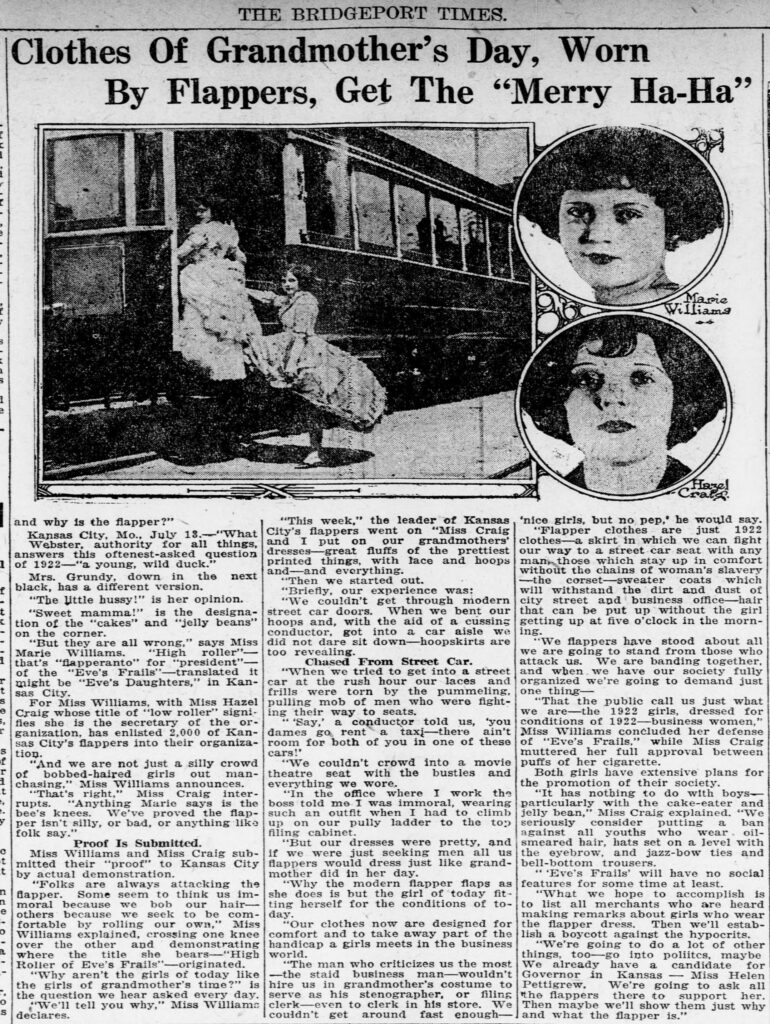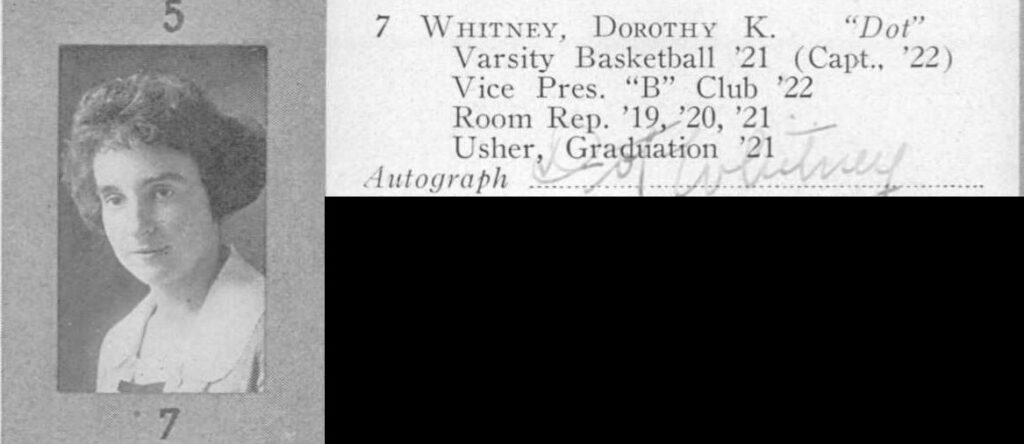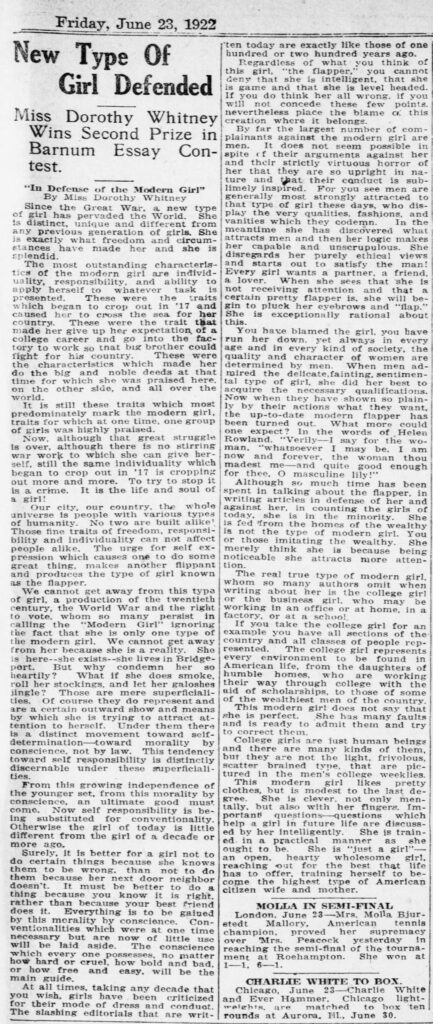Bad Girls or Good Girls? A Barnum Essay Contest Winner Defends the Modern Girl, 1922

There was likely no topic more hotly debated in the 1920s than the conduct of youth, and especially that of young women. According to the social and cultural historian Paula S. Fass, the traditionalist observing the young women of the period saw the end of American civilization as he had known it. “It’s firm outlines, best symbolized by the stable mother secure in her morality and content in her home, were pushed aside and replaced by the giddy flapper, rouged and clipped, careening in a drunken stupor to the lewd strains of a jazz quartet,” she said (Fass, The Damned and the Beautiful, p. 25). Not only were modern girls accused of lax morals but also of reckless spending. There was outrage that mere shop girls were using their salaries to buy fine clothes priced for the upper middle classes.
In response to all these charges, living modern girls and their supporters took up the pen and wrote their defense of the changed attitudes exhibited by young women who had matured during the Great War and some of these rebuttals made it into the newspapers of Connecticut.
Regarding the criticism of working class girls deigning to buy expensive clothes, in an article headlined “Working Girls are Accused of Extravagance” (Bridgeport Times, May 30, 1920, p. 4), Mrs. Grace G. Bartlett, assistant director of the United States Treasury, explained that the Women’s Trade Union League had taken up this question and decided, first, that “the girls have the right to spend their money on beautiful clothes if they wanted to.” Mrs. Bartlett continued, “I agree with them. The girl on the $1,500 salary has as much right as the millionaire’s wife to wear silk hosiery. She has as much right as the wealthy woman to show her beauty in a fur coat.” She reported that she was planning, however, a program to teach money management and good value.

Young women took to their own defense, as well. To make the point that shorter skirts and simpler lines were not necessarily about attracting boys but practical for the working person taking the trolley to work and climbing to the top of a system of filing cabinets, they donned laced hoop skirts of their grandmothers’ for a day and had reporters capture the results.

One of the most convincing pieces in defense of the modern girl was written by sixteen year-old Dorothy Whitney of Bridgeport High School, an essay that placed second in the Barnum Essay contest of that year. I am convinced. Are you?


For Further Research
Nancy F. Cott, “Modern Times” in The Grounding of Modern Feminism (New Haven: Yale University Press, 1987), pp. 143-174.
Paula S. Fass, The Damned and the Beautiful: American Youth in the 1920’s (New York: Oxford University Press, 1977).
The CT Digital Newspaper Project is currently digitizing the New Britain Herald from 1914 through 1930. Look for more news about the youth culture in the Roaring Twenties at www.chroniclingamerica.log.gov.
